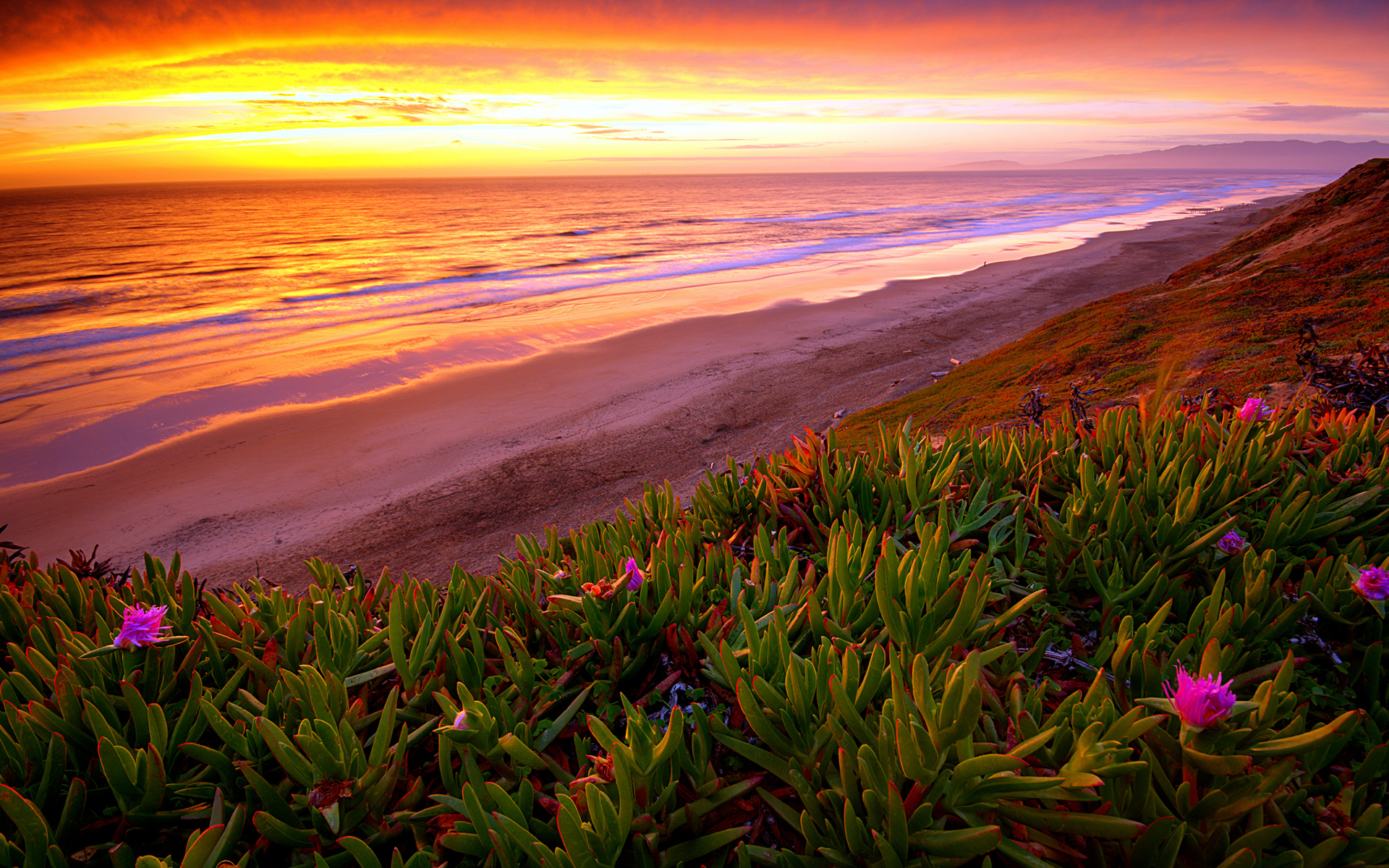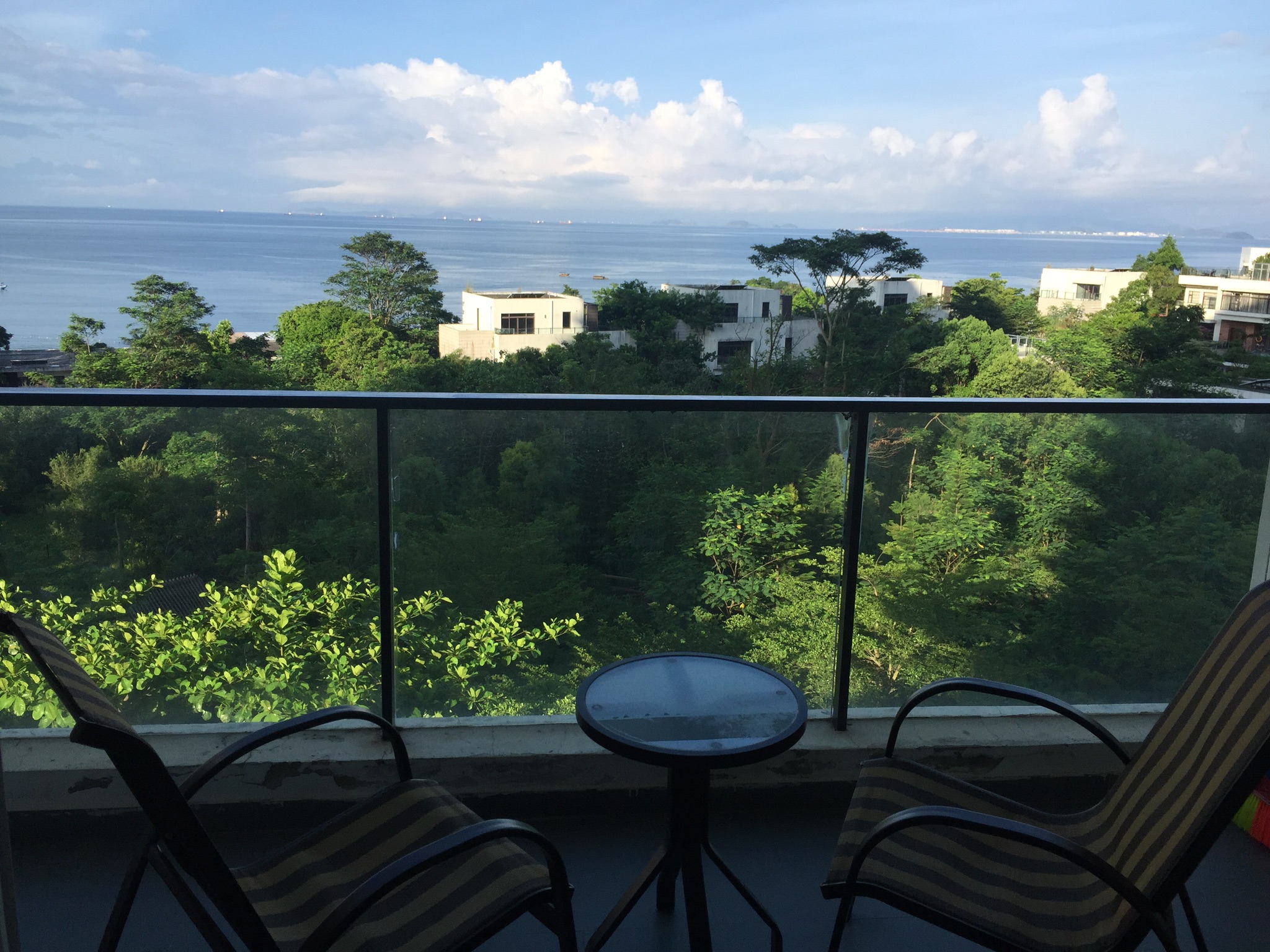

Much of his current research centers on the use of acoustic telemetry and satellite-based tagging technology to study the ecology and behavior of sharks.

His shark research has spanned the globe from the frigid waters of the Arctic Circle to coral reefs in the tropical Central Pacific. For more than 30 years, Greg has been actively involved in the study of life history, ecology, and physiology of sharks. He holds a master’s degree from the University of Rhode Island and a Ph.D. He is also adjunct faculty at the University of Massachusetts School for Marine Science and Technology and an adjunct scientist at the Woods Hole Oceanographic Institution (WHOI). He has been a fisheries scientist with the Massachusetts Division of Marine Fisheries since 1987 and currently heads up the Massachusetts Shark Research Program. Gregory Skomal is an accomplished marine biologist, underwater explorer, photographer, and author. Storm surges and tsunamis power onto land like a wall of water, wiping out anything in their way.ĭr. Underwater earthquakes or mudslides can cause long waves called tsunamis. Not all waves crest on shore the way wind-caused waves do. It crashes onto shore and slides up the beach before retreating. The wave crests, curling over the top and tumbling over itself.

This causes the water behind it to pile up. It’s only when those swells reach shallow areas that we see the distinctive form of a wave.Īs the circular flow of water runs into the seafloor, it catches on the bottom and slows down. Swells don’t look like the waves we see on the beach. When wind creates waves in deep water, we get large swells. Next time you see a buoy out on the water, watch it bob up and down. If you were small enough to drift in the water, your body would complete a circle. You then drop into the trough (low point between waves). If you have ever stood in a wave, you know this feeling. As it goes it circles back to its starting position or a spot very close to it. Then gravity takes over, pulling it back down again. As it reaches the highest point (the crest), it slows. A particle of water on the surface moves up. But they don’t simply travel in the direction the wind is blowing. This energy causes particles of surface water to move. When it blows across water, it transfers some of that energy to the water. It’s this difference in temperature that causes wind. Hot air rises, drawing in air from cooler areas to fill the space. It’s most intense near the equator and decreases as we get closer to the poles. What causes waves? Wind and, ultimately, the sun. These waves crash on the beach, waking you in the morning and lulling you to sleep at night. A trip to the ocean means sun, wind, and waves.


 0 kommentar(er)
0 kommentar(er)
